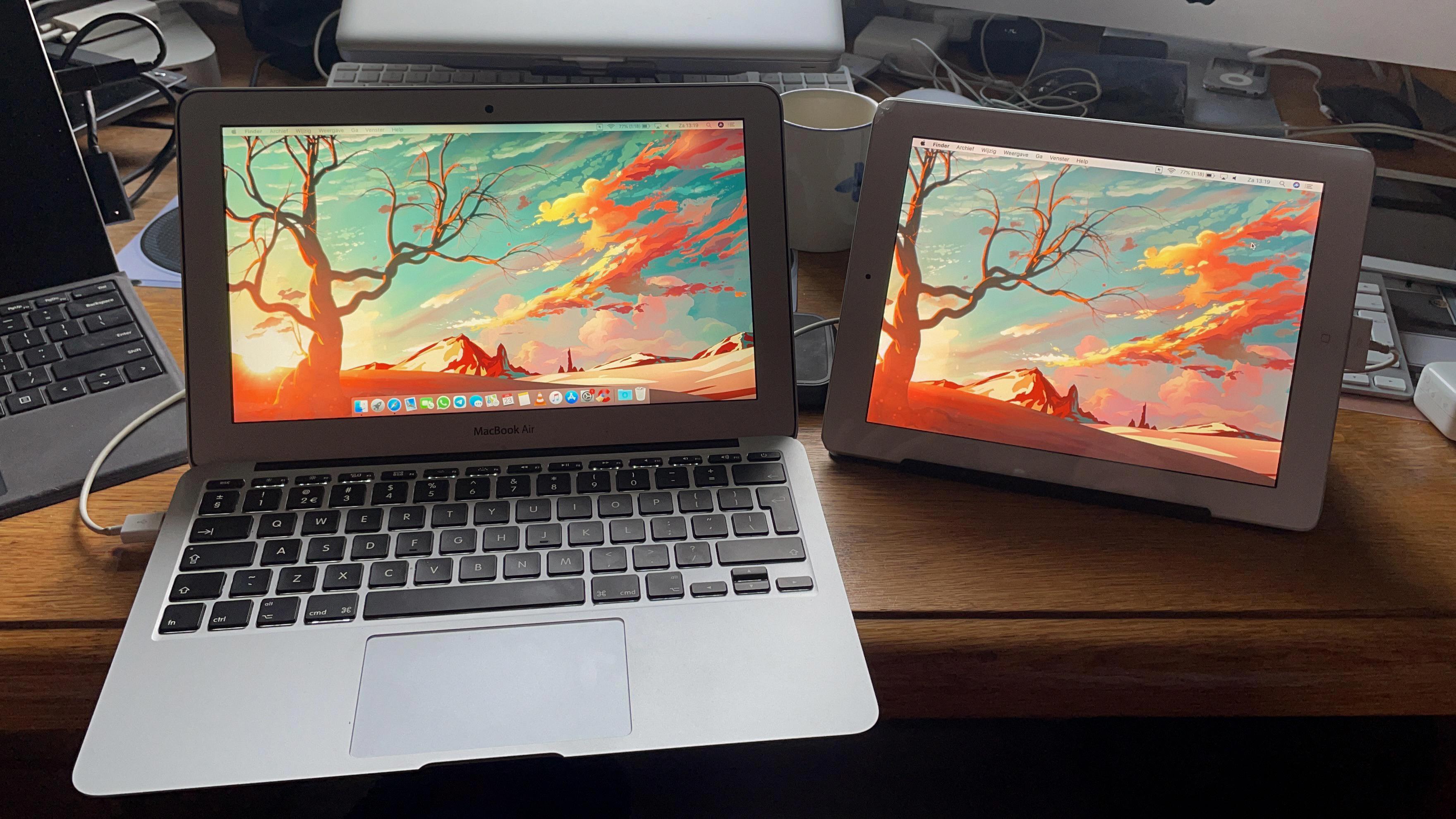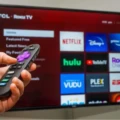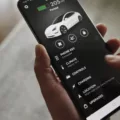The iPad Air 2 is a fantastic device that offers a great user experience, but like any technology, it can sometimes have its issues. One common problem that users may encounter is keyboard lag. This can be frustrating, especially if you rely on your iPad for work or school. Fortunately, there are several steps you can take to fix this issue.
First, it’s important to make sure that you are using a compatible keyboard with your iPad Air 2. Not all keyboards are designed to work seamlessly with every iPad model, so double-check that your keyboard is compatible.
Next, check for any software updates that may be available for your iPad. Sometimes, a simple software update can fix bugs and improve performance. To check for updates, go to Settings > General > Software Update and follow the prompts.
If your keyboard is connected to your iPad via a physical connection port, such as the Smart Connector or Lightning port, examine the port for any debris or damage. Clean the port carefully using a soft, lint-free cloth, and ensure that the keyboard is securely connected.
In some cases, disconnecting and reconnecting the keyboard can resolve the lagging issue. Disconnect the keyboard from the iPad, wait a few seconds, and then reconnect it. This can help refresh the connection and eliminate any temporary glitches.
Restarting your iPad is another simple troubleshooting step that can often fix various issues, including keyboard lag. To restart your iPad, press and hold the power button until the “slide to power off” option appears. Slide the button to power off your device, wait a few seconds, and then press the power button again to turn it back on.
If none of the above steps resolve the keyboard lag, you may need to consider restoring your iPad to its factory settings. This should be a last resort, as it will erase all of your data and settings. To restore your iPad, go to Settings > General > Reset > Erase All Content and Settings. Follow the on-screen instructions to complete the process.
It’s also worth noting that keyboard lag can sometimes be caused by low memory or a heavy CPU load on your iPad. Close any unnecessary apps or processes that may be running in the background to free up memory and CPU resources.
Lastly, if you are using a Bluetooth keyboard, make sure that both the keyboard and the iPad are fully charged. A low battery can sometimes cause lagging issues. Additionally, try removing the connected Bluetooth keyboard and reconnecting it again to establish a fresh and stable connection.
Keyboard lag on your iPad Air 2 can be frustrating, but with some simple troubleshooting steps, you can often resolve the issue. Make sure you are using a compatible keyboard, check for software updates, examine the connection port, disconnect and reconnect the keyboard, restart your iPad, and consider restoring it to its factory settings if necessary. By following these tips, you should be able to enjoy a smooth and responsive keyboard experience on your iPad Air 2.
How Do You Fix Your Glitchy iPad Keyboard?
To fix a glitchy iPad keyboard, follow these steps:
1. Ensure compatibility: Start by confirming that you are using a compatible iPad model with the Smart Keyboard. Not all iPads support this accessory, so double-check your device’s compatibility.
2. Software updates: Check for any available software updates for your iPad. Apple frequently releases updates that address various bugs and issues, including keyboard problems. Go to Settings > General > Software Update to see if any updates are available and install them if necessary.
3. Examine the keyboard connection port: Inspect the connection port on your iPad where the Smart Keyboard attaches. Look for any debris, dirt, or damage that may be interfering with the connection. Gently clean the port using a soft brush or compressed air if needed.
4. Disconnect and reconnect the keyboard: Disconnect the Smart Keyboard from your iPad and then reattach it securely. Make sure it snaps into place properly. Sometimes, a loose or improper connection can cause keyboard glitches.
5. Restart your iPad: Restarting your iPad can often resolve temporary software glitches. Press and hold the power button until the slide to power off option appears. Slide it to power off, wait a few seconds, and then press and hold the power button again to turn your iPad back on.
6. Restore iPad to factory settings: If the above steps haven’t fixed the issue, you can try restoring your iPad to its factory settings. Make sure to back up your data beforehand as this process will erase everything on your device. To restore, go to Settings > General > Reset > Erase All Content and Settings.
By following these steps, you should be able to resolve most glitchy iPad keyboard issues. If the problem persists, consider contacting Apple support for further assistance.

Why is Your Bluetooth Keyboard Lagging On Your iPad?
There are several potential reasons why your Bluetooth keyboard may be lagging on your iPad. Here are some possible causes:
1. Low battery: If the battery level of your keyboard is low, it may not be able to transmit data as quickly, resulting in lag. Ensure that your keyboard is fully charged.
2. Low battery on iPad: Similarly, if the battery level on your iPad is low, it may struggle to maintain a stable Bluetooth connection with the keyboard, leading to lag. Make sure your iPad is charged.
3. Distance: Bluetooth has a limited range, typically around 30 feet. If you are too far away from your iPad, the signal strength may weaken, resulting in lag. Try moving closer to your iPad and see if the lag improves.
4. Interference: Bluetooth operates on the 2.4GHz frequency, which is also used by other devices like Wi-Fi routers, microwaves, and cordless phones. These devices can interfere with the Bluetooth signal, causing lag. Try moving your iPad and keyboard away from potential sources of interference.
5. Software issues: Sometimes, software glitches or compatibility issues between the keyboard and iPad can lead to lag. Ensure that both your keyboard and iPad are running the latest software updates. If the lag persists, you may need to reset the Bluetooth settings on your iPad or reinstall the keyboard’s drivers.
6. Physical obstructions: Objects between your keyboard and iPad, such as walls or other electronic devices, can weaken the Bluetooth signal, resulting in lag. Ensure that there are no physical obstructions between the two devices.
7. Keyboard compatibility: Not all Bluetooth keyboards are compatible with all devices. Ensure that your keyboard is specifically designed to work with iPads or iOS devices. Using a keyboard that is not compatible can lead to lag and other performance issues.
By considering these factors and troubleshooting accordingly, you should be able to address the lag issue with your Bluetooth keyboard on your iPad.
Why is Your Wireless Apple Keyboard Lagging?
There can be several reasons why your wireless Apple keyboard is lagging. One possible cause could be a glitchy Bluetooth connection. Bluetooth is the technology that allows your keyboard to connect wirelessly to your Mac. If there is a problem with the Bluetooth connection, it can lead to lagging or delayed response from the keyboard.
To fix this issue, you can try the following steps:
1. Remove the connected Bluetooth keyboard:
– Go to the Apple menu on the top left corner of your screen.
– Select “System Preferences.”
– Click on “Bluetooth.”
– Find your wireless keyboard in the list of connected devices.
– Right-click on the keyboard and choose “Remove” or “Forget Device.”
2. Reconnect the keyboard:
– Turn off the keyboard and then turn it back on.
– Make sure the keyboard is in pairing mode, usually indicated by a blinking light or a specific button combination.
– On your Mac, go to “System Preferences” and click on “Bluetooth.”
– Wait for your keyboard to appear in the list of available devices.
– Click on it to connect.
3. Check for interference:
– Ensure that there are no physical obstructions between your keyboard and your Mac, as this can weaken the Bluetooth signal.
– Keep your keyboard within a reasonable range from your Mac.
– Avoid placing other electronic devices or objects that may interfere with the Bluetooth signal nearby.
4. Update your software:
– Check if there are any available software updates for your Mac and install them.
– Sometimes, software updates include fixes for Bluetooth-related issues.
If the problem persists after trying these steps, you may consider resetting the Bluetooth module on your Mac or contacting Apple Support for further assistance.
Conclusion
If you’re experiencing keyboard lag on your iPad Air 2, there are several steps you can take to resolve the issue. Firstly, ensure that you are using a compatible iPad model and that your device is up to date with the latest software updates. Check the keyboard connection port for any signs of damage or debris that may be affecting the connection. Disconnect and reconnect the keyboard to ensure a secure connection. Restarting your iPad can also help to clear any temporary glitches that may be causing the lag. If the issue persists, you may need to restore your iPad to its factory settings, although this should be a last resort as it will erase all data on your device. Additionally, if you are using a Bluetooth keyboard, make sure that both the keyboard and your iPad are fully charged, as low battery levels can result in lag. Lastly, if you notice a glitchy Bluetooth connection, try removing and reconnecting the keyboard to establish a stable connection. By following these steps, you should be able to resolve any keyboard lag issues on your iPad Air 2 and enjoy a seamless typing experience.








